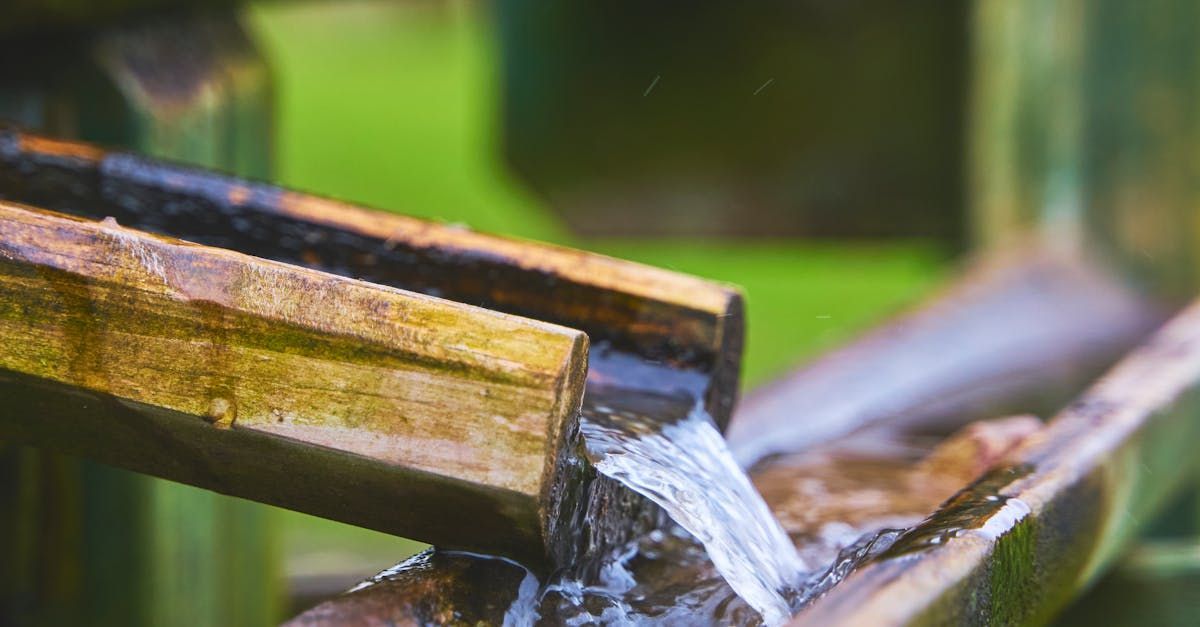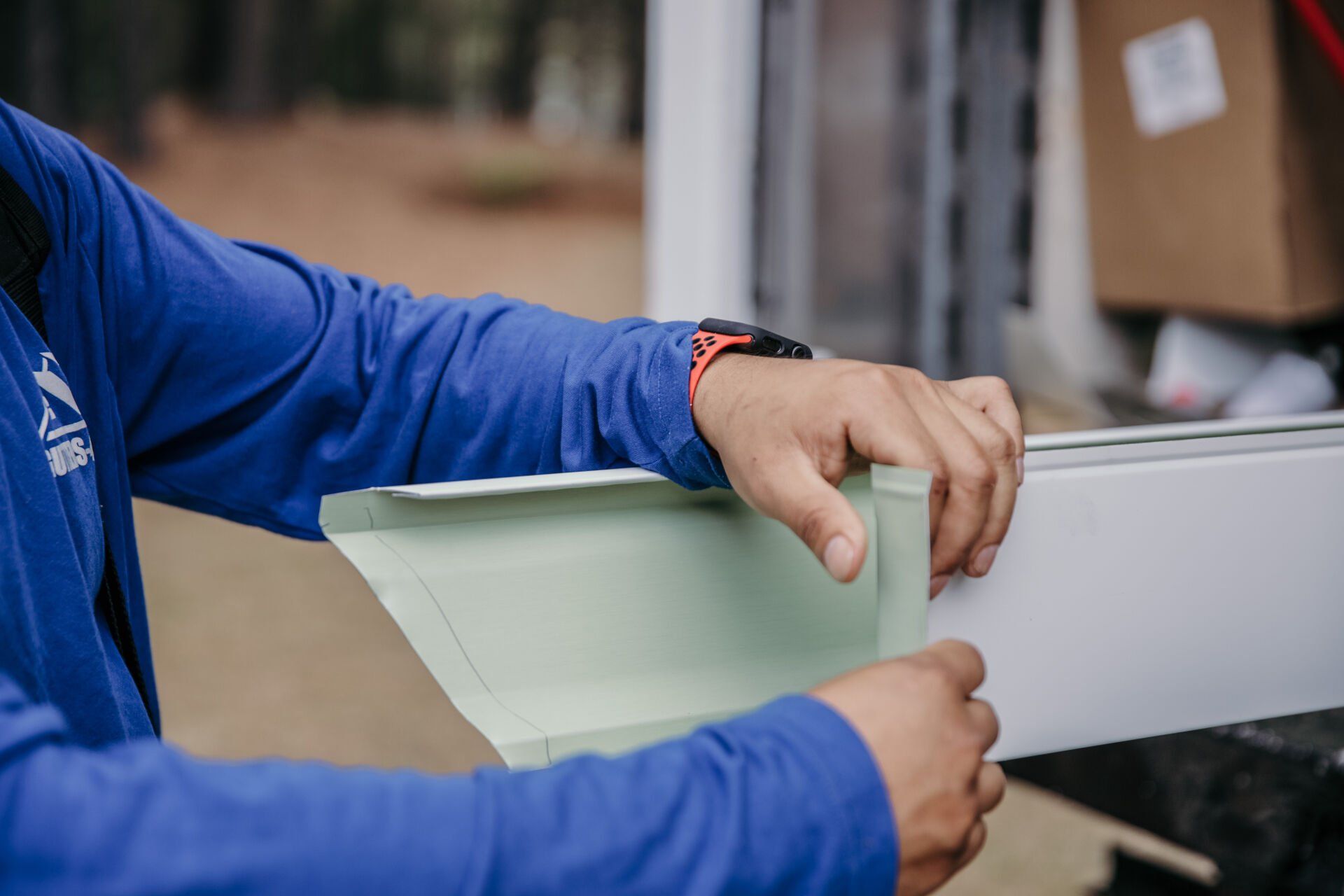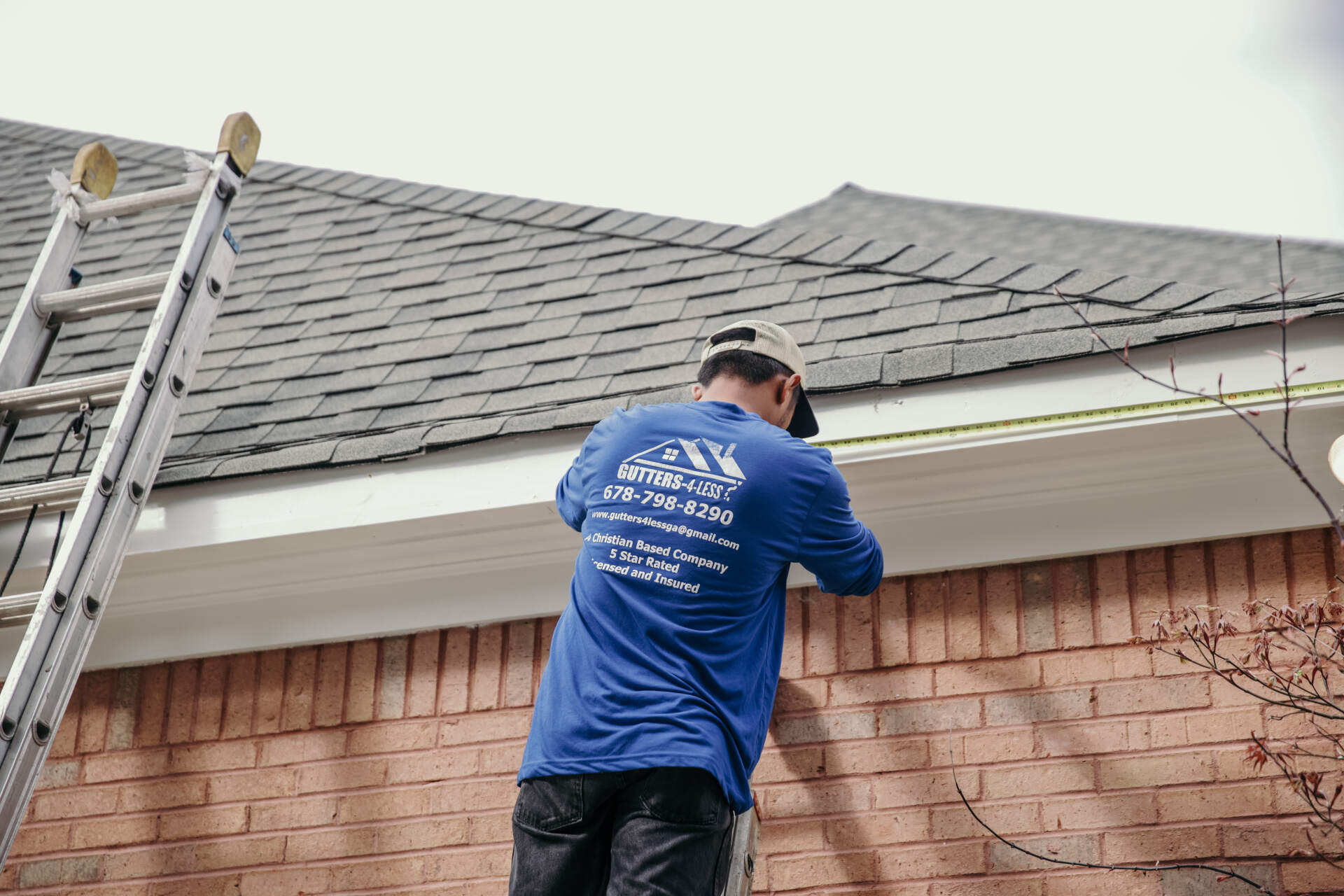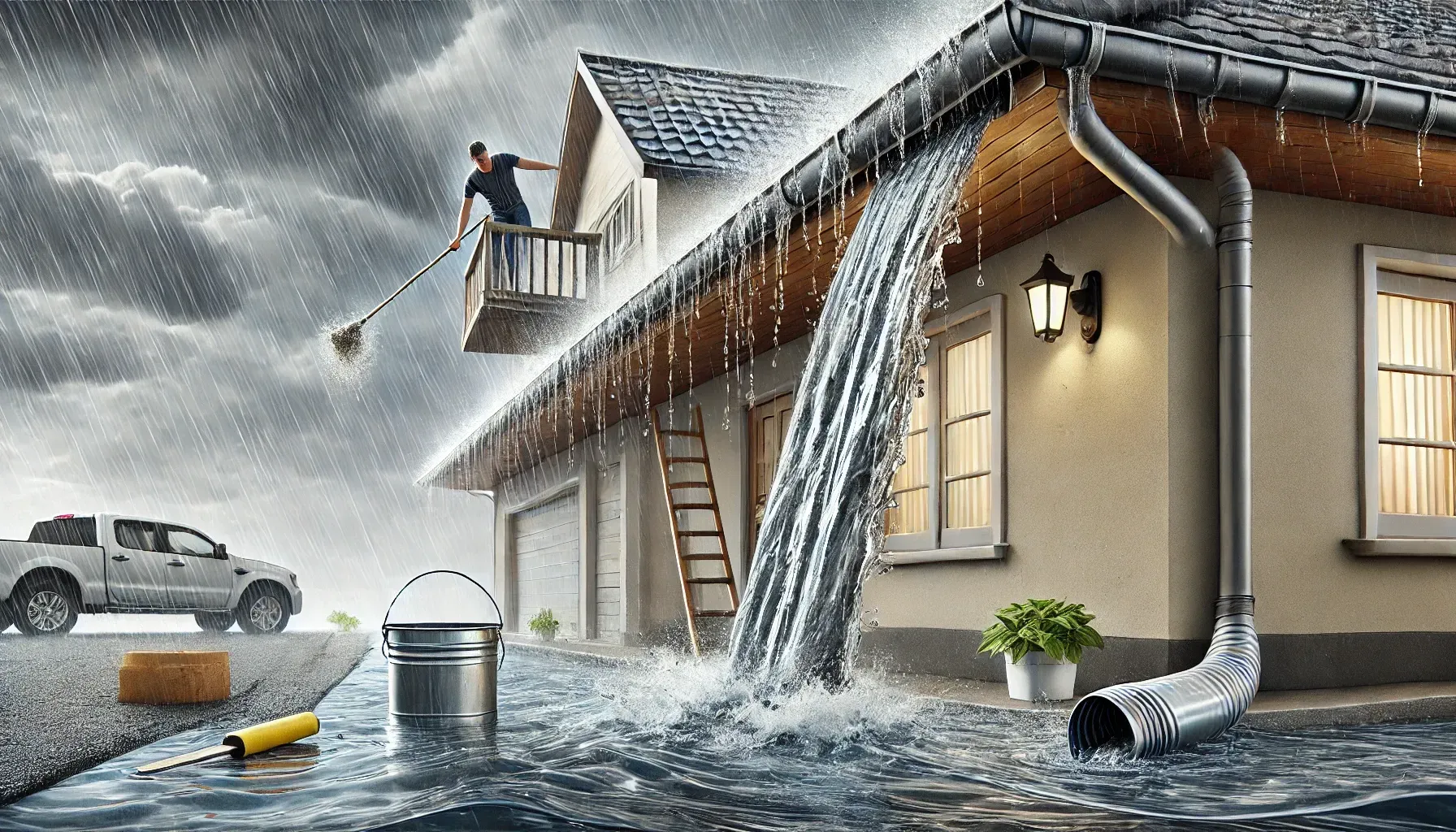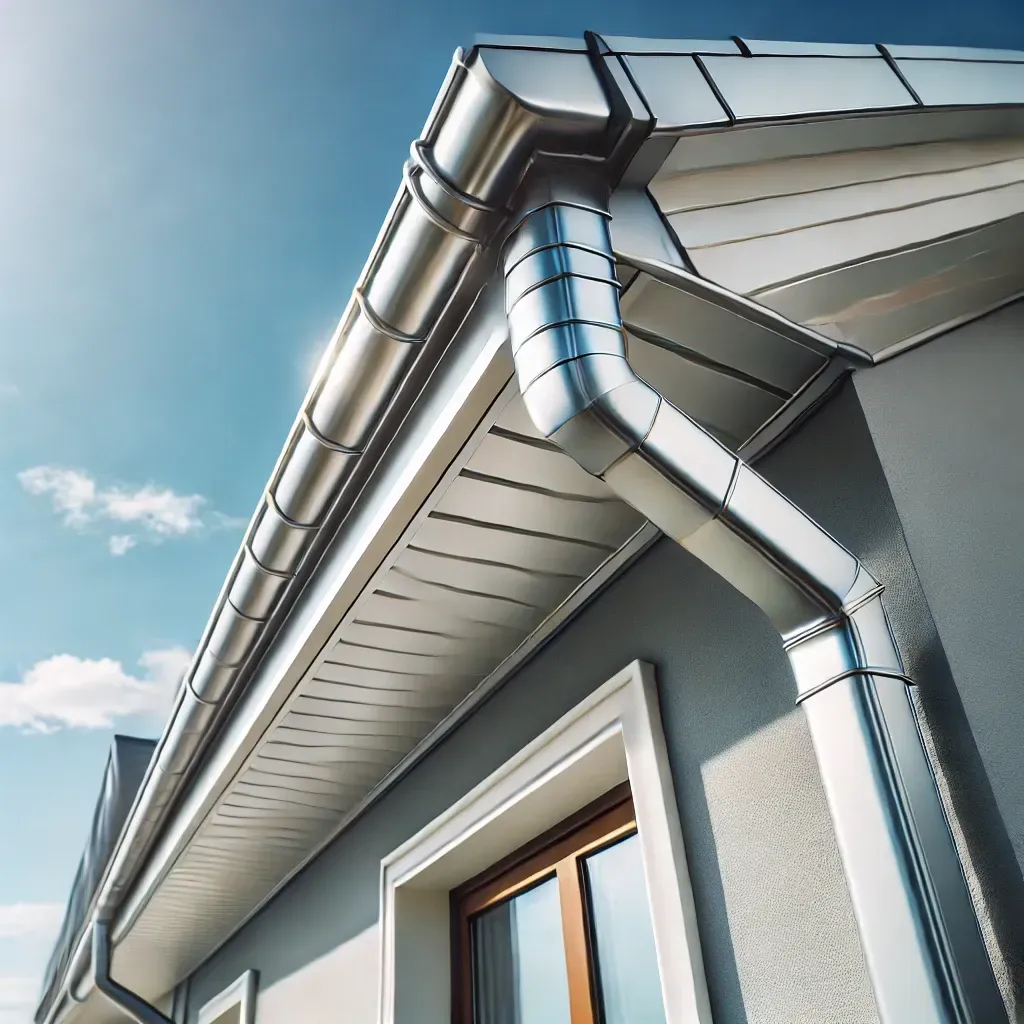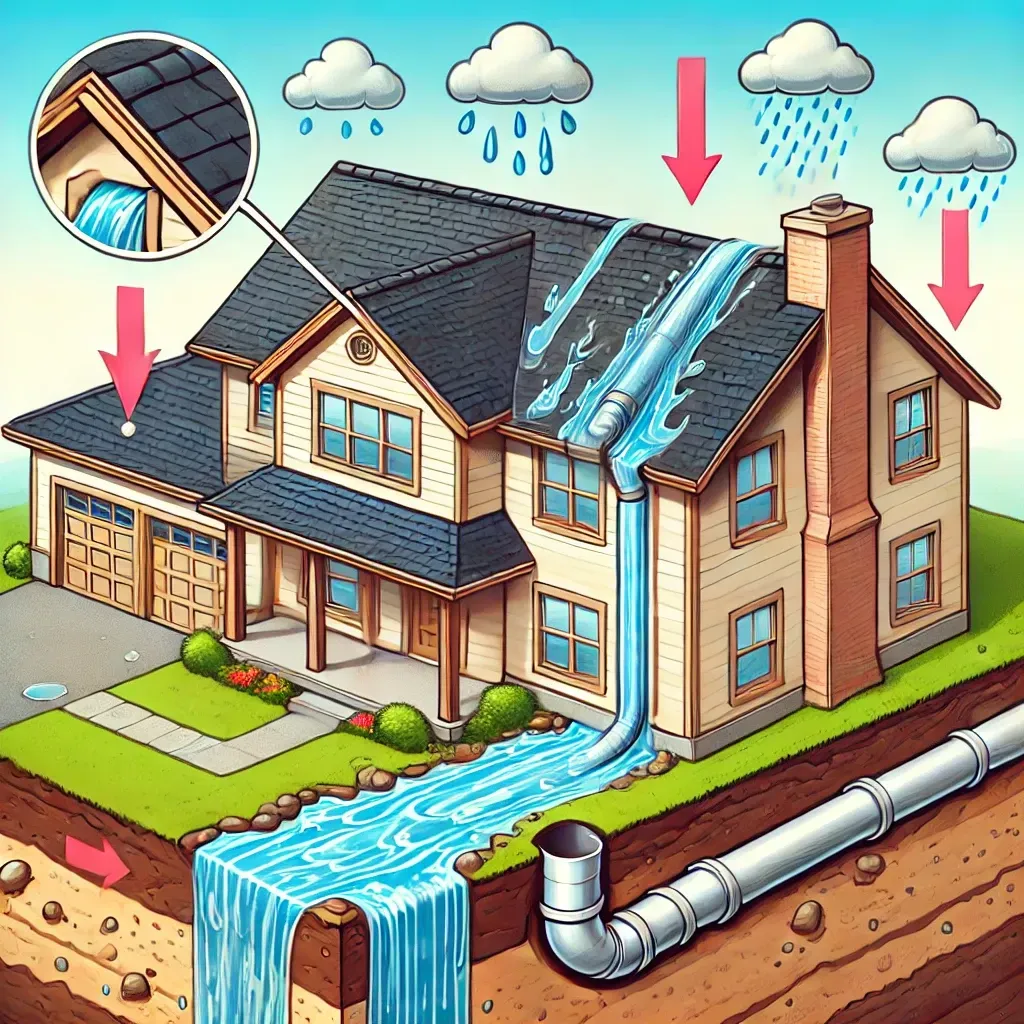How Long Can a House Go Without Gutters? Understanding the Risk
When it comes to maintaining your home, gutters may not always be at the top of your mind, but they play a critical role in protecting your house from water damage. You might wonder: How long can a house go without gutters before experiencing issues? The answer is not as simple as it seems, and in this article, we’ll explore the risks associated with going gutter-less and the potential consequences for your home.
Key Takeaways
- Regular cleaning and inspection of gutters can prevent clogs, water overflow, and damage, helping maintain the system’s efficiency.
- Installing gutter guards reduces debris buildup, minimizing the need for frequent cleaning and ensuring smooth water flow.
- Gutters are essential for
protecting your home from structural damage, foundation issues, and basement flooding, making them a worthwhile investment.
What Do Gutters Do for Your Home?
Gutters divert rainwater from your home's foundation, siding, and roof. They protect these areas by preventing water from running off the roof uncontrolled, leading to various potential problems. Water may pool near the foundation, causing it to weaken or seep into walls, leading to dampness and mold. In essence, gutters are your first line of defense against water damage.
The Immediate Impact of No Gutters: Basement Flooding
Without gutters, the first thing you’ll likely notice is soil erosion around the base of your house. Over time, water pouring off your roof during heavy rainstorms can wash away soil, leaving your landscaping damaged and your foundation exposed.
Without proper drainage, water can pool near the foundation, weakening it or seeping into walls, leading to dampness and mold.
Additionally, during colder months, water runoff can freeze near your foundation, leading to ice dams and cracks in concrete. Water damage doesn’t take long to begin, and in just a few short months, you might start to see signs like peeling paint, warped wood, or even foundation cracks.
Factors Affecting the Need for Gutters
The necessity of gutters for a house depends on various factors, including the local climate, roof design, and surrounding landscape. Understanding these factors can help homeowners determine whether they need gutters installed on their property.
Climate
In regions with high rainfall, heavy snowfall, or frequent storms, a robust gutter system is essential to manage water runoff effectively. Homes in these areas are at a higher risk of water damage without properly installed gutters. Conversely, in regions with mild climates and low rainfall, the need for gutters may be less pressing, but they still offer valuable protection against unexpected weather events.
Roof Design
The slope and size of your roof significantly impact the need for gutters. Steeper roofs channel water more quickly, necessitating more extensive gutter systems to handle the increased water flow. On the other hand, flatter roofs may require additional features to prevent water from pooling and causing damage. Your roof's design determines the type and extent of gutter systems needed.
Surrounding Landscape
The terrain and vegetation around your home also affect the need for gutters. Homes on slopes or near water bodies are more susceptible to soil erosion and water damage. Advanced gutter systems are necessary to manage water flow and protect the foundation. Trees and shrubs can also contribute to debris accumulation in gutters, making regular maintenance even more critical.
By considering these factors, homeowners can make informed decisions about installing gutters and ensure their property is protected from water damage.
How Long Can You Go Without Gutters?
Technically, you can go a few months to a year without rain gutters in areas with low rainfall or mild weather. However, homes in rainy or snowy climates are at much higher risk. Northern homes, for example, can remain habitable for up to a year or two without gutters, but that doesn’t mean there won’t be serious consequences.
Even if your house seems fine after six months, problems can slowly brew. Soil displacement, foundation issues, and wood rot are all long-term risks. That’s why the answer depends greatly on your climate and how much rainfall you receive.
What Happens After 1-2 Years Without Gutters?
The damage becomes much more significant after a year or two without gutters.
- Foundation Damage: Rainwater’s repeated impact on your foundation can lead to cracks and structural instability. If left unchecked, foundation repairs can be costly and may lead to structural damage.
- Basement Flooding: Water seeping into the ground can eventually enter your basement, putting pressure on the walls and resulting in flooding. This damages belongings and creates health hazards, including the potential for mold and mildew growth.
- Exterior Damage: Without gutters, your home’s exterior, including paint and siding, will deteriorate faster. Water splashing up from the ground can lead to rot, which could compromise a wooden structure over time. Water can also accumulate around the roof, leading to potential roof leaks and interior damage.
What to Look For: Signs You Need Gutters Immediately
If your home doesn’t have gutters, here are some warning signs to watch for:
- Pooling water near the foundation after it rains
- Cracks in the foundation or shifting soil
- Peeling paint or rotting wood on your siding
- Damp spots or mold growth in the basement or crawl space
- Patches of dead grass or erosion near the house
These are all signs that water is not properly diverted, and your home may suffer from excess moisture.
Alternatives to Traditional Gutters
If you don't like traditional gutter systems, you might be looking for alternatives. Some homeowners opt for rain chains, which offer a more decorative solution, while others install French drains to help with water management. While these solutions can work in certain situations, they typically don’t provide the same level of protection as a proper gutter system.
Maintenance for Prolonging Gutter Lifespan
Regular maintenance is essential to prolong the lifespan of gutters and ensure they function effectively. Homeowners can take the following steps to maintain their gutters:
Clean Gutters Regularly
Removing leaves, debris, and dirt from gutters is crucial to prevent clogs and ensure proper water flow. This task can be done using a ladder, gloves, and a scoop or trowel. Regular cleaning helps maintain the efficiency of your gutter system and prevents water from overflowing and causing damage.
Inspect Gutters
It is vital to regularly inspect your gutters for signs of damage, rust, or sagging. Look for cracks, holes, or areas where the gutters pull away from the house. Making timely repairs or replacements can prevent further damage and ensure your gutters continue to protect your home effectively.
Install Gutter Guards
Consider installing gutter guards to prevent debris from entering the gutters. Gutter guards can significantly reduce the frequency of cleaning and maintenance, ensuring that water flows smoothly through the system and away from your home.
Check Downspouts
Ensure that downspouts are clear and functioning correctly. Downspouts are crucial in directing water away from the foundation, preventing basement flooding and water damage. Regularly check for blockages and ensure the water is being diverted properly.
Trim Trees and Shrubs
Keeping trees and shrubs trimmed is essential to prevent branches from obstructing gutters and downspouts. Overhanging branches can drop leaves and debris into the gutters, leading to clogs and potential damage. Regular trimming helps maintain the efficiency of your gutter system.
By understanding the factors affecting the need for gutters and performing regular maintenance, homeowners can ensure their gutters function effectively and protect their property from water damage and costly repairs. Properly maintained gutters safeguard your home’s structural integrity and prevent basement flooding and soil erosion.
Don’t Take the Risk—Install Gutters Today
The risks of not having gutters far outweigh the cost of installing them. Gutters can save you thousands of pounds in repairs by preventing foundation issues, water damage, and other structural problems. If you’ve gone without gutters for too long, now is the time to act before more serious damage occurs.
Conclusion
While you may be able to go without gutters for a short time, the long-term risks to your home can be substantial. Don't wait until costly repairs are needed.
Protect your home by installing gutters today, and enjoy the peace of mind that comes with knowing your home is safeguarded against the elements.
Get in touch with Gutters 4 Less for a free quote and advice.



